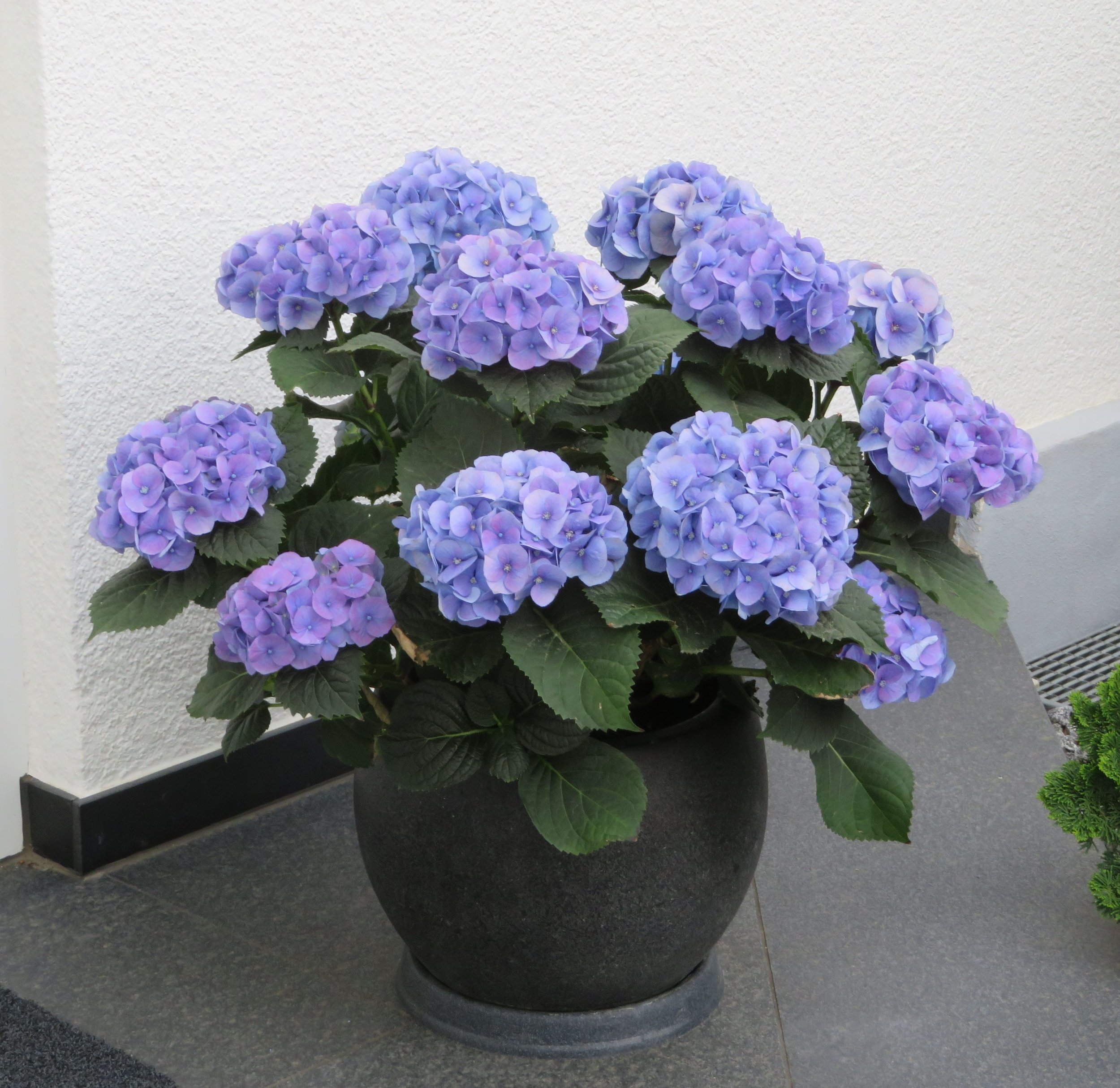how to grow hydrangeas in containers
Hydrangeas, with their lush clusters of flowers in vibrant hues, are a favorite among gardeners for their stunning beauty and versatility. While traditionally planted in gardens, hydrangeas can also thrive in containers, adding a touch of elegance to any balcony, patio, or small outdoor space. In this guide, we'll delve into the art of growing hydrangeas in containers, unlocking the secrets to cultivating these enchanting blooms in limited spaces.
Choosing the Right Container
The first step in successfully growing hydrangeas in containers is selecting the right pot. Opt for containers that are at least 18 inches in diameter to provide ample space for root growth. Ensure the container has drainage holes to prevent waterlogging, which can lead to root rot. Additionally, consider the material of the pot; while terracotta and ceramic pots are aesthetically pleasing, they tend to dry out quickly and may require more frequent watering. Plastic or resin containers offer better moisture retention, ideal for hydrangeas.
Selecting the Perfect Hydrangea Variety
When it comes to choosing hydrangeas for container gardening, consider the space and environment in which they'll be growing. Compact varieties such as 'Forever & Ever' or 'Cityline' series are well-suited for containers, as they maintain a manageable size and produce an abundance of blooms. For those with limited sunlight, opt for hydrangea varieties that thrive in partial shade, such as Hydrangea macrophylla or Hydrangea serrata. Research the specific requirements of each variety to ensure compatibility with your container garden.
Planting and Potting Mix
Before planting your hydrangea, prepare a well-draining potting mix rich in organic matter. A blend of peat moss, compost, and perlite or vermiculite works well for hydrangeas, providing both nutrients and good drainage. Fill the container with the potting mix, leaving enough space to accommodate the hydrangea's root ball. Gently remove the hydrangea from its nursery pot, loosen the roots, and place it in the center of the container. Ensure the top of the root ball is level with the soil surface, then backfill with additional potting mix, firming gently around the plant.
Watering and Maintenance
Proper watering is crucial for the health of container-grown hydrangeas. Water thoroughly immediately after planting to settle the soil around the roots, then water regularly to keep the soil consistently moist but not waterlogged. During hot summer months, hydrangeas in containers may require daily watering to prevent wilting. Mulching the soil surface with organic matter helps retain moisture and regulate soil temperature.
Fertilize container-grown hydrangeas regularly during the growing season with a balanced fertilizer formulated for flowering shrubs. Follow the manufacturer's instructions for application rates and frequency. Prune dead or faded blooms regularly to encourage continuous flowering and maintain a tidy appearance.
Overwintering hydrangeas
In colder climates, overwintering container-grown hydrangeas is essential to protect them from frost damage. Before the first frost, move the containers to a sheltered location such as a garage or basement where temperatures remain above freezing. Water sparingly during the winter months to prevent the soil from drying out completely. In spring, gradually reintroduce the hydrangeas to outdoor conditions once the threat of frost has passed.
Growing hydrangeas in containers opens up a world of possibilities for gardeners with limited space or challenging growing conditions. With the right container, proper care, and attention to variety selection, container-grown hydrangeas can thrive and dazzle with their spectacular blooms. Whether adorning a balcony, patio, or small garden, these versatile shrubs bring beauty and elegance to any outdoor space. Follow these guidelines, and you'll be rewarded with an abundance of hydrangea blooms, transforming even the smallest of spaces into a floral paradise.
